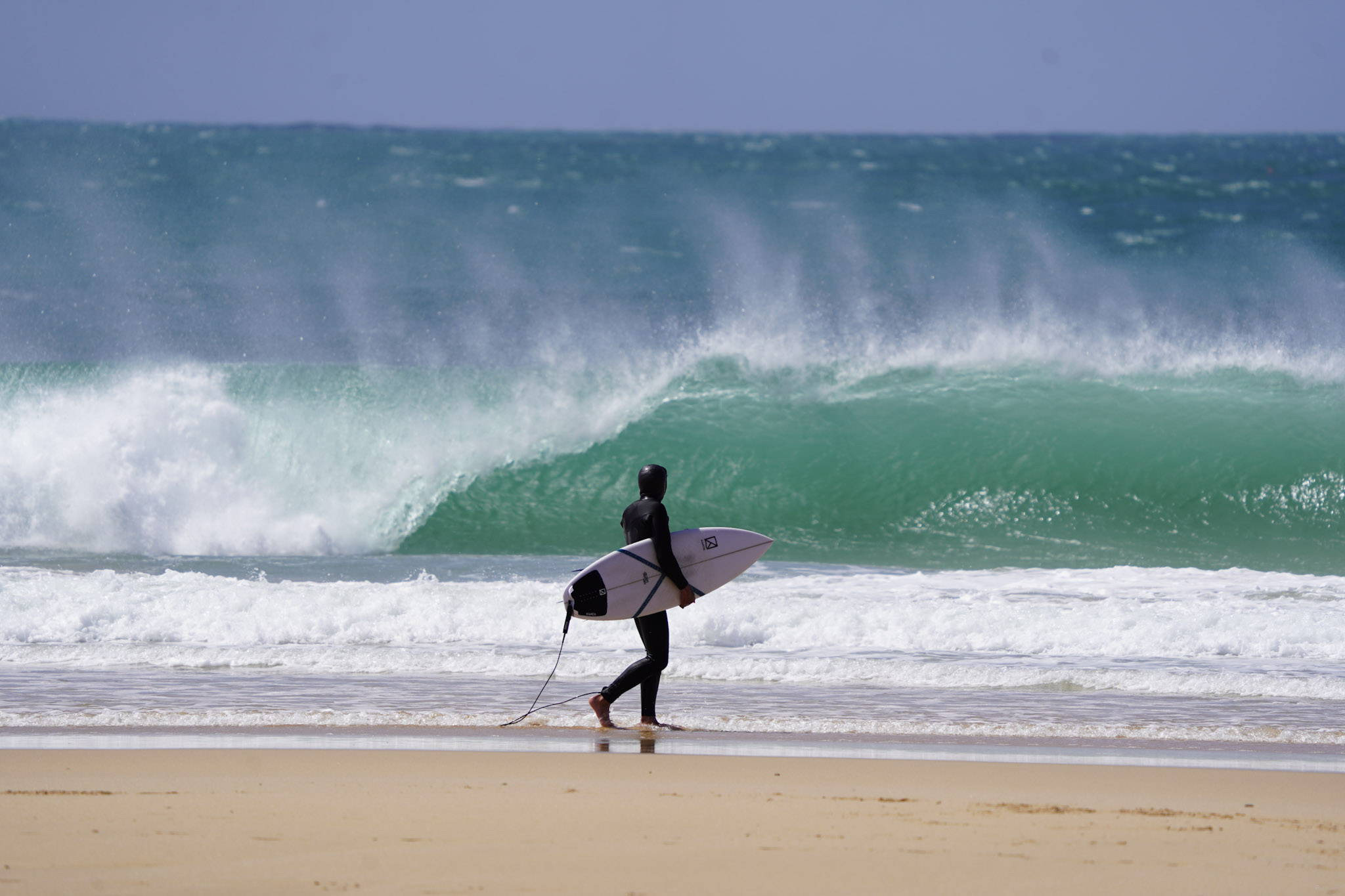There is nothing more frustrating than being on a two-week surf trip without waves, right? Especially if you don’t live close to the ocean and only get to surf a couple of times each year, you want to make sure you are getting the most out of it. The following tips should get you started to plan your next surf trip and more importantly to choose the right surfing spots with consistent wave conditions.

Choosing the right surfing spot
NOT SURE WHERE TO SURF?
THIS POST IS PART 3 OF OUR "IMPROVE YOUR SURFING WITHOUT LIVING NEAR THE OCEAN" SEIRES
CHOOSE THE COUNTRY AND COAST CAREFULLY
Depending on the season, take into consideration wave consistency and crowds on the beaches or the line-up. Google and surf reports are helpful here, but even better if you can ask a friend or local who knows the area.
You should also consider researching the different types of surf breaks and choose accordingly to your level of surfing.
CHECK WAVE SIZE
You might find a spot with consistent waves, but if they are too big for your level, you won’t have much fun.
CHECK THE FORECAST
Research the surfing spot and check the forecast before you get there. Sites such as Surfline are the most common sites for consistently good weather and surf forecasts in Europe. Read up here on how to read the surf forecast the right way. (English version here)
Once you arrive at the spot, check what the wind, tide and swell direction are doing to each spot all while generally observing the spot in order to understand what times are most suitable for surfing.
Follow the rule “See waves – Go surfing”. If you see appropriate waves for your surfing level, just go and surf instead of driving around looking for even better waves. More often than not, you will spend half the day searching without surfing.
THE RIGHT ACCOMODATION
Choosing your base in a strategic position is key. Yes, it might be nice to live right by a surf beach. But if that specific beach doesn’t produce that many waves during your trip, you will lose valuable surfing time.
Places such as the surrounding areas around Peniche in Portugal for example pretty much always have beaches with off-shore winds on offer. Depending on swell and wave sizes, it also gives you a few options between sheltered bays and exposed beach breaks, so you might be able to always surf somewhere close by! For beaches around Peniche, research places such as Almagreira, Baleal and Supertubos.
Unless you are sleeping in your own car or van, use sites such as AirBnB and other known accommodation booking sites to book your stay.
TRADE WARM WEATHER FOR CONSISTENT WAVES
Most of us prefer surfing in tropical locations with sunshine and coconuts. However, if your main goal is to improve your surfing in the long run, it pays to choose locations and seasons with a mild or cold climate. Spring, fall and winter produce fantastic waves in many locations. The water and the weather will likely be cold, but oftentimes there is little to no crowd meaning more waves just for you.
Now get out there and catch your waves!
And in the meantime, make sure to check our other posts to improve your surfing.
